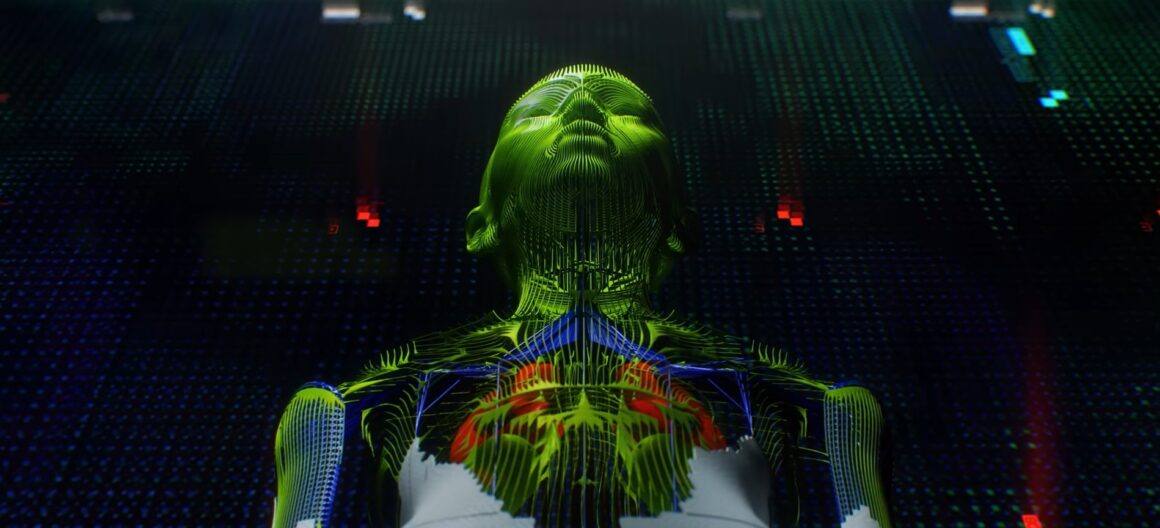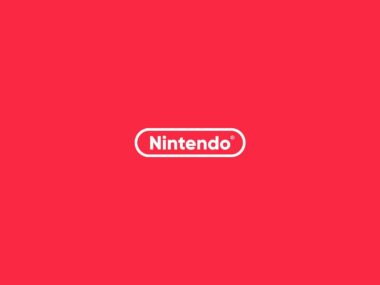A CEO Whose Passion Was a Drain
Pete Parsons’ flight from the CEO seat isn’t just timing. It’s a reprieve. After two decades helming Bungie, many within the studio whispered how his “heavy-handed leadership” was “intimidating,” draining morale and creativity. Reports surfaced of a “soul-crushing” atmosphere in late 2023 during brutal rounds of layoffs, and whispers of a widening rift between management and staff that made Bungie employees feel… exhausted. He’s stepping away, but for many, the workplace already feels lighter.
A Trail of Scandals That You Can’t Ignore
To understand why this management change was overdue, readers need the full ledger:
Mass Layoffs & Studio Restructuring: In 2024, Parsons oversaw layoffs that swept away 220 employees, about 17% of staff, followed by the transfer of 155 more into Sony departments. Combined with 100 layoffs the year prior, Bungie lost nearly 40% of its workforce in just over a year.
Misplaced Priorities: Exotic Cars vs. Pink Slips: During one wave of layoffs, Parsons continued spending lavishly, reportedly buying over $2 million worth of classic cars. Some say he even invited a soon-to-be-laid-off colleague to go admire his collection just days before handing them their pink slip. A clear disconnect between executive indulgence and studio pain.
Art Theft Scandals Hit Home: Bungie silently amassed four separate incidents of using independent artists’ work, without permission, in things like Destiny 2 cutscenes and the Marathon game. Each time, the artist later had to be credited or compensated only after being called out.
Marathon’s Delay and Plagiarism Scandal: Tentative plans to revive Marathon fell apart amid rushed development and poor alpha feedback. Then came a plagiarism scandal: art lifted without credit triggered headlines. Yet another mark against Bungie’s editorial oversight.
Toxic Culture and Staff Exodus: Internal accounts, some now deleted, described working under Marathon leadership as “extremely toxic and humiliating,” with calls that “Bungie Leadership Needs To Be Gutted Completely.” That echoes the sentiment that this reset isn’t just overdue but urgent.
All of these aren’t just bullet points. They’re symptoms of a leadership style that lost the room. Readers need this spelled out: fans aren’t angry at Destiny. They’re angry at the leadership that turned Bungie’s studios from creative hot zones into pressure cookers, at a time when Destiny Rising looms and expectations sit high.
Destiny Rising: Bungie’s Mobile Gamble
One big reason Bungie’s name has to survive: Destiny Rising, the mobile ARPG launching August 28 on Android and iOS. The deal with NetEase, signed years before Sony’s acquisition, binds Bungie to deliver under its own brand. Shutting the studio down or absorbing it into Sony too tightly could risk invalidating that contract.
The game itself looks sharp in trailers, but its platform strategy already stings. No PC or console release is planned, and that echoes the Diablo Immortal fiasco. Fans of the “mainline” series feeling abandoned while a mobile cousin gets flashier updates. In Diablo’s case, Immortal even featured Diablo himself as a boss, while Diablo 4 players vented about Diablo not being in the game. Bungie risks repeating that mistake: a fresh game under the same banner that pulls attention away from a fanbase already tired of waiting.
NetEase isn’t new to this rodeo. Their mobile hits, Fantasy Westward Journey, Identity V, Rules of Survival, all proved they know how to capture audiences and monetize effectively. If Destiny Rising takes off, it could end up eclipsing Destiny 2 in terms of attention, features, or even profitability. That would be a bitter irony for console players who feel like they’ve been carrying the franchise through years of ups and downs, only to watch the “new toy” thrive somewhere else.
Justin Truman: The Insider With the Resume
If Parsons was the heavy-handed caretaker, Justin Truman is the patient craftsman who’s quietly touched nearly every corner of Bungie’s universe. With a computer science degree from Carnegie Mellon and early experience at Pandemic Studios (Full Spectrum Warrior, The Saboteur), Truman cut his teeth on engineering and design before joining Bungie in 2010.
Since then, his fingerprints are everywhere: engineering lead on Destiny, design director for Destiny 2, production director, then general manager of Destiny 2 itself before rising to Chief Development Officer. In those roles he didn’t just write code. He steered live operations, managed design pivots, kept teams aligned, and helped shape the studio’s internal talent strategy.
That depth matters. He isn’t parachuting in from another publisher; he knows the guts of Bungie’s systems and the quirks of its culture. To supporters, that makes him the right choice. A leader who understands both the player base and the people making the game. To skeptics, he’s too much a product of the Parsons era, inheriting the baggage rather than cutting it away.
Can Justin Truman navigate Bungie’s problems: Sony’s tightening the reins on Bungie, player trust eroded, a mobile game that could eclipse Destiny 2, and rebuild a studio culture instead of dismantling it?
Parsons’ retirement isn’t merely a career finale. It’s Bungie’s unspoken admission that its leadership model was unsustainable. Now, with Sony’s reins tighter and mobile targets broadening, the studio’s survival depends on a leader who listens, rebuilds trust, and dares to be kinder and smarter. The reset won’t be quick, but it’s absolutely necessary.






